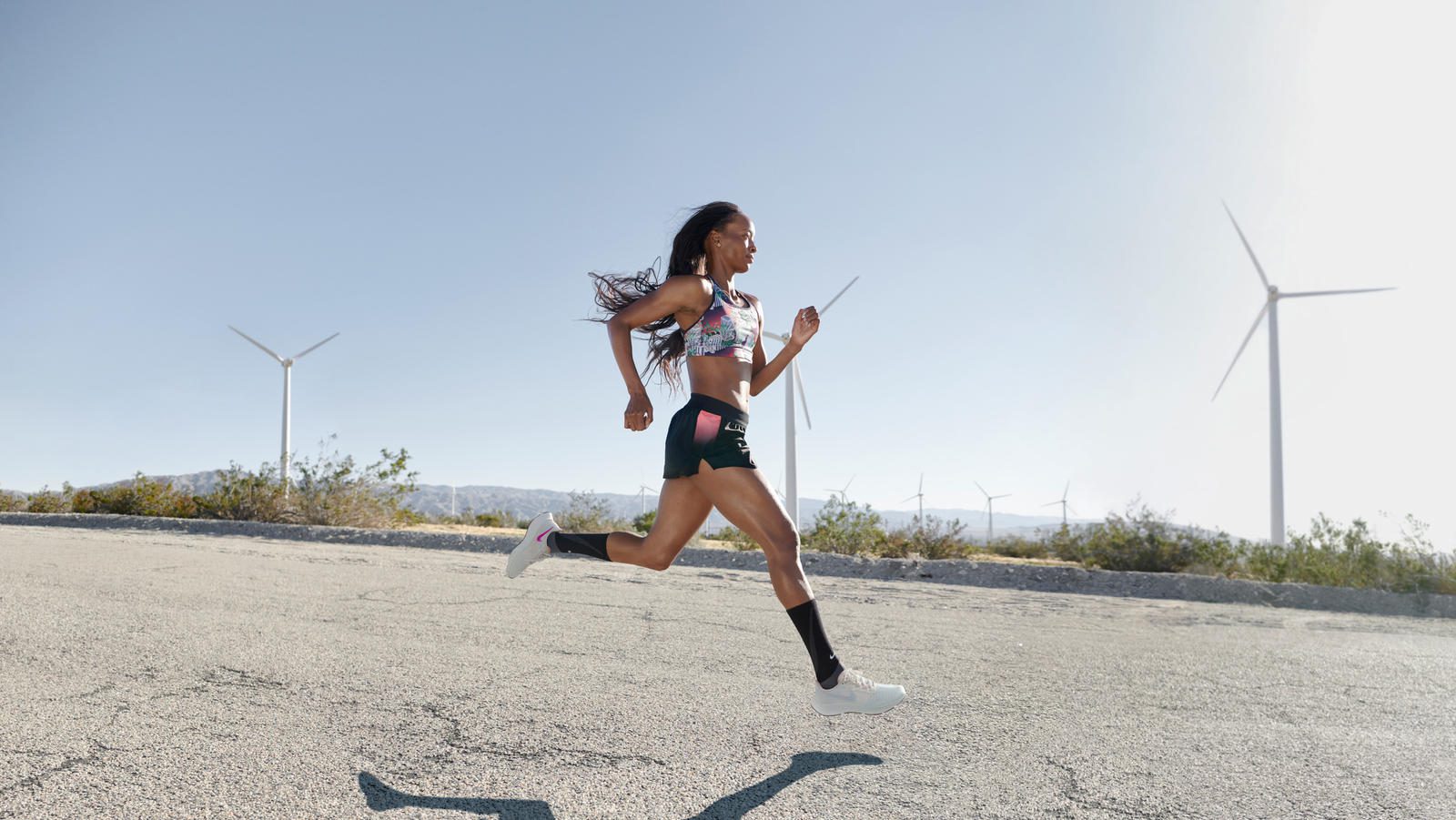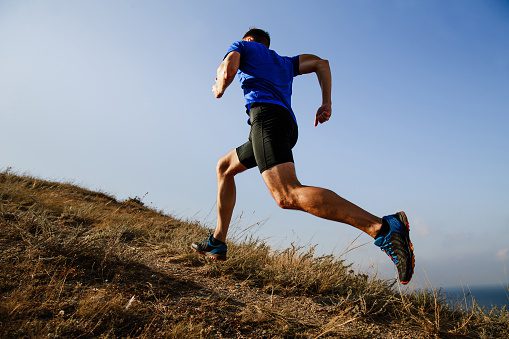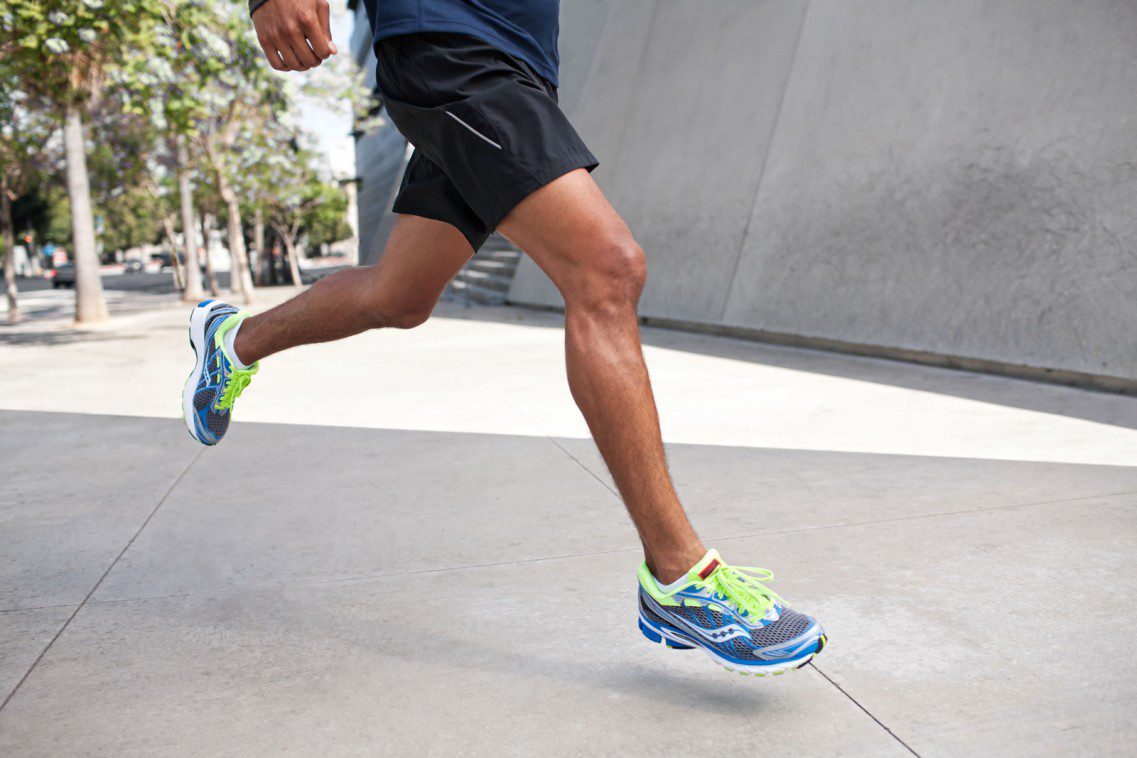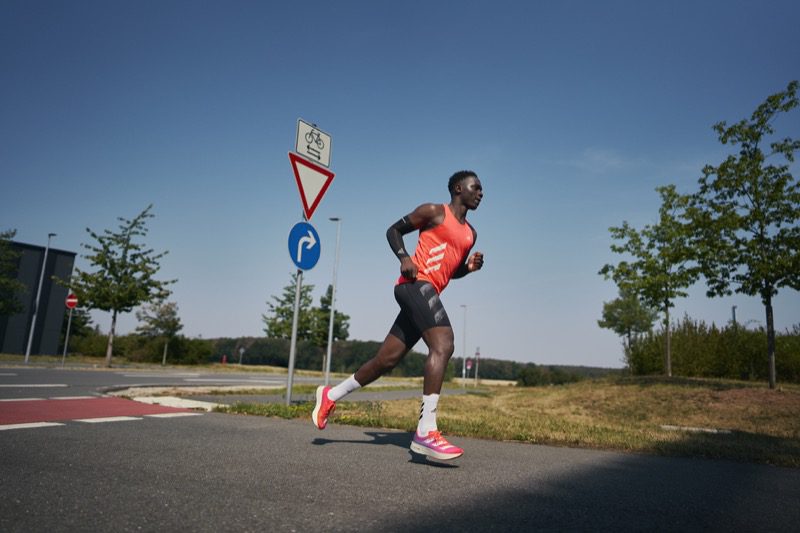What not to focus on when fixing your form
When it comes to form, there are a few things that aren't worth changing, and a few that are

As runners, we’re constantly looking for ways to improve our race times without adding tons of extra miles to our schedule, and if we can shave a few seconds off our PB by making just one small tweak, of course we’ll do it, right? One area that gets a lot of attention in this regard is running form, and a quick Google search will bring up multiple sources telling you what you should do to achieve the perfect stride. The truth is, there is no such thing as perfect running form, and a lot of runners spend too much time trying to change things that aren’t worth changing (and could actually have the opposite effect). While there are a few things you might want to pay attention to, here’s the stuff you can forget about.

RELATED: Steph Bruce’s pre-workout drills for better running form
Active vs. passive running form
Before we dive into it, it’s important to understand which parts of your stride are active (controlled intentionally by you) and which ones are passive (they happen as a result of other forces). The active part of your stride refers to the muscle contractions that take place in your legs, arms and other body parts that allow you to run. Of course, you’re not actually thinking about contracting your muscles, but your body has to put effort into contracting them.
The passive parts of your stride include momentum and inertia (these happen to you without you actively doing anything), and your body’s natural reflexes that also happen without you having to try (for example, when you tap below your knee and your foot kicks out a little). When it comes to running form, any time you try to change a part of your stride that happens passively, you’re wasting your time. So which parts of your stride are better left untouched?
Your heel kick
You’ll notice when someone is running fast that their heels are coming up much higher, nearly kicking themselves in the butt. You might think, then, that by actively trying to lift your heels higher when you run, you’ll go faster. This doesn’t work, because your heel height when you run happens passively. On his website, thescienceofrunning.com, U.S. coach and author Steve Magness explains that the action of the lower leg is controlled by the thigh, because the thigh is closer to the rotation point (your hip). This makes the thigh move a tiny bit sooner and faster than the lower leg, essentially dragging the lower leg with it as it moves.
“So what’s the effect that we see?” he says in a blog post, “the faster the thigh moves forward, the more the lower leg folds up to the butt. It’s simply an inertial force.”
Your knee drive
You might sometimes hear people say that if you want to run faster, you should try to move your thigh forward and drive your knee. The problem with this is that like your heel kick, your knee drive is a largely passive action, and is mostly controlled by the stretch reflex at your hip. Basically, your hip acts like a slingshot by extending to push your body up and forward, using elastic energy to shoot your thigh forward. Trying to move your thigh through this swing phase faster is not effective, because it’s trying to turn something passive into something active.

Your foot strike
A lot of people will tell you that striking with your heel is incorrect, and if you want to be a better runner you should learn to land on your midfoot instead. The main concern with heel-striking is that some believe that it could put you at greater risk for injury. This theory has largely been debunked, and a group of researchers in 2019 found no evidence that heel striking leads to more injuries.
Driving your arms up and forward
Yes, your arms do have an impact on how fast you run, but bringing your arms through the swing phase is passive in the same way as driving your knee forward. For this reason, intentionally driving your arms up and forward wastes energy and reduces the efficiency of your shoulders (the rotation point), which could actually slow you down.
So what should you worry about?
This isn’t to say that running form is not important. There are still certain aspects of your form that are worth paying attention to, and improving them can, in turn, improve your running economy and make you faster. One of the most important aspects of your running form is your body position or posture. When you’re running, your body should have a slight lean that starts from the ground, keeping everything in alignment so you could draw a straight line from your feet to your head. This will keep your body moving forward without wasting any motion.

While driving your arms may not be important, your arm stroke is. The action of your arms helps you to maintain forward momentum, and your arm swing helps you to control your speed and your stride length. This is why, when people are making that final push to the finish line, you’ll notice they open up their arms and begin moving them a little faster — when you speed up your arm stroke, your legs will follow suit. While driving them up and forward won’t do much good, focusing on driving the elbows down and back can help stop your shoulders from elevating, which creates tension and limits your range of motion.
That leads us to the final piece of the running form puzzle: relaxation. Staying relaxed while you run will allow your body to move in a way that is most efficient for you, which will help you run more easily. Moving in a way that’s natural to you (provided your movements aren’t being altered by any muscle imbalances) is the best way to stay injury-free so you can run consistently. After all, consistency is the biggest factor in improving performance.


